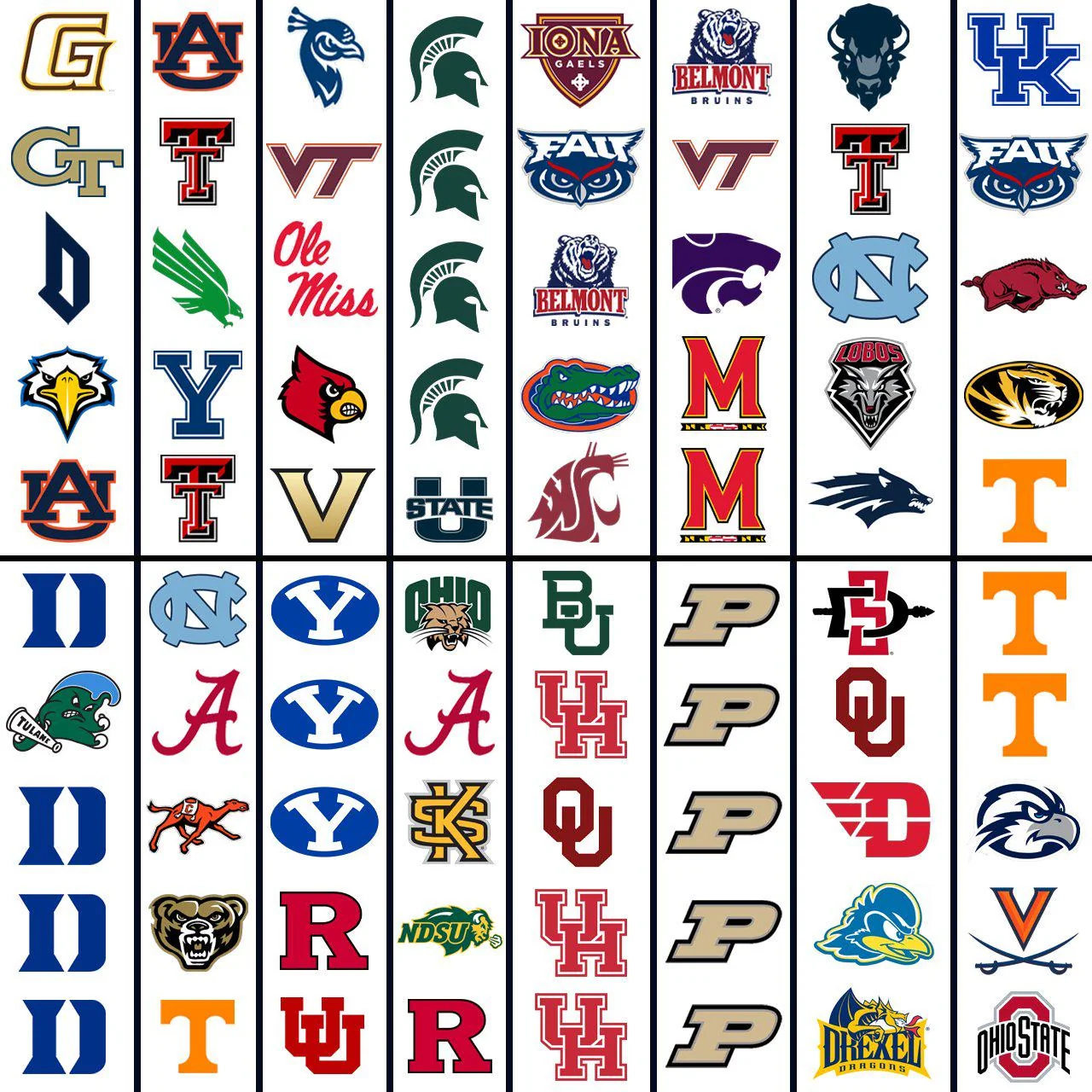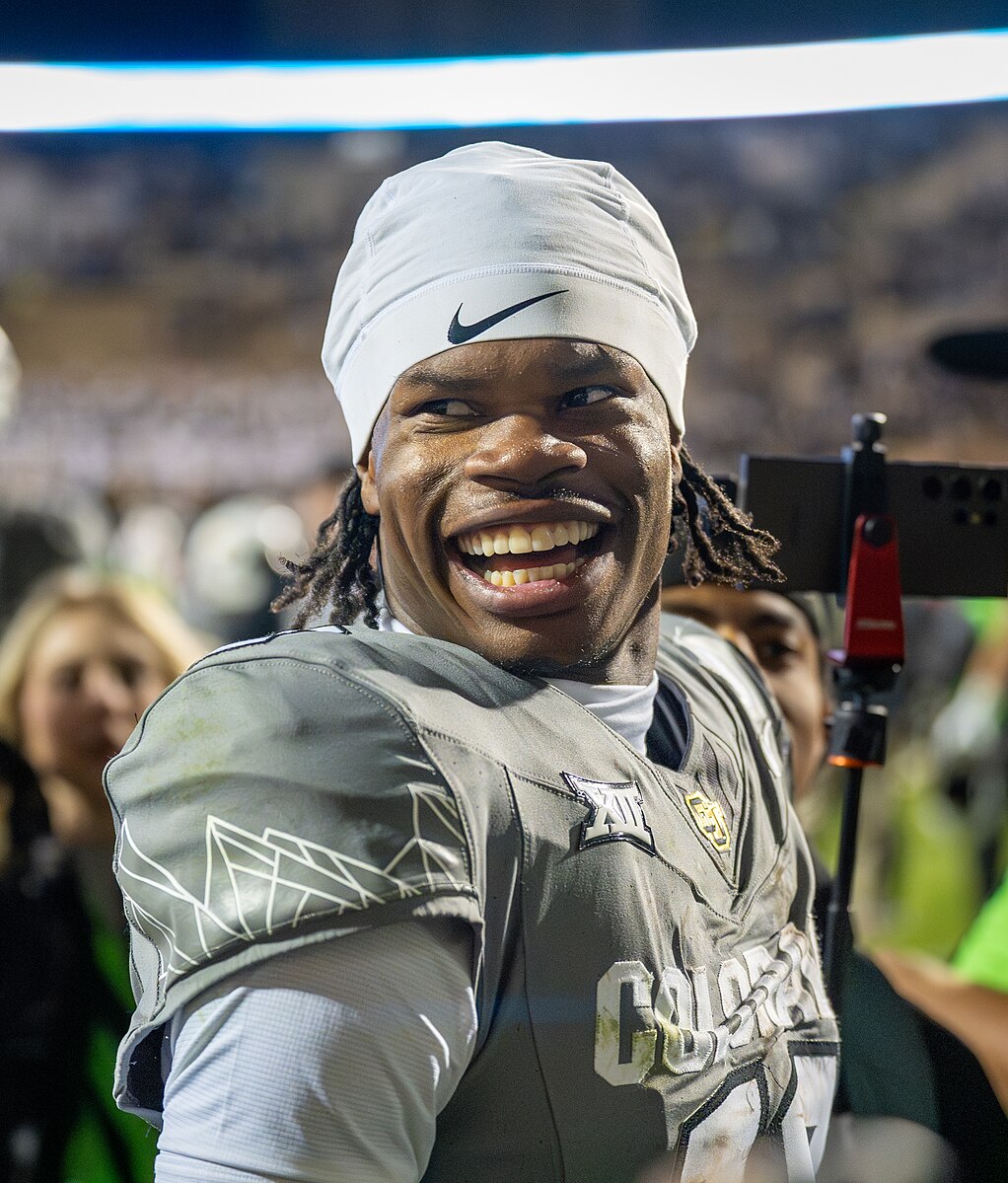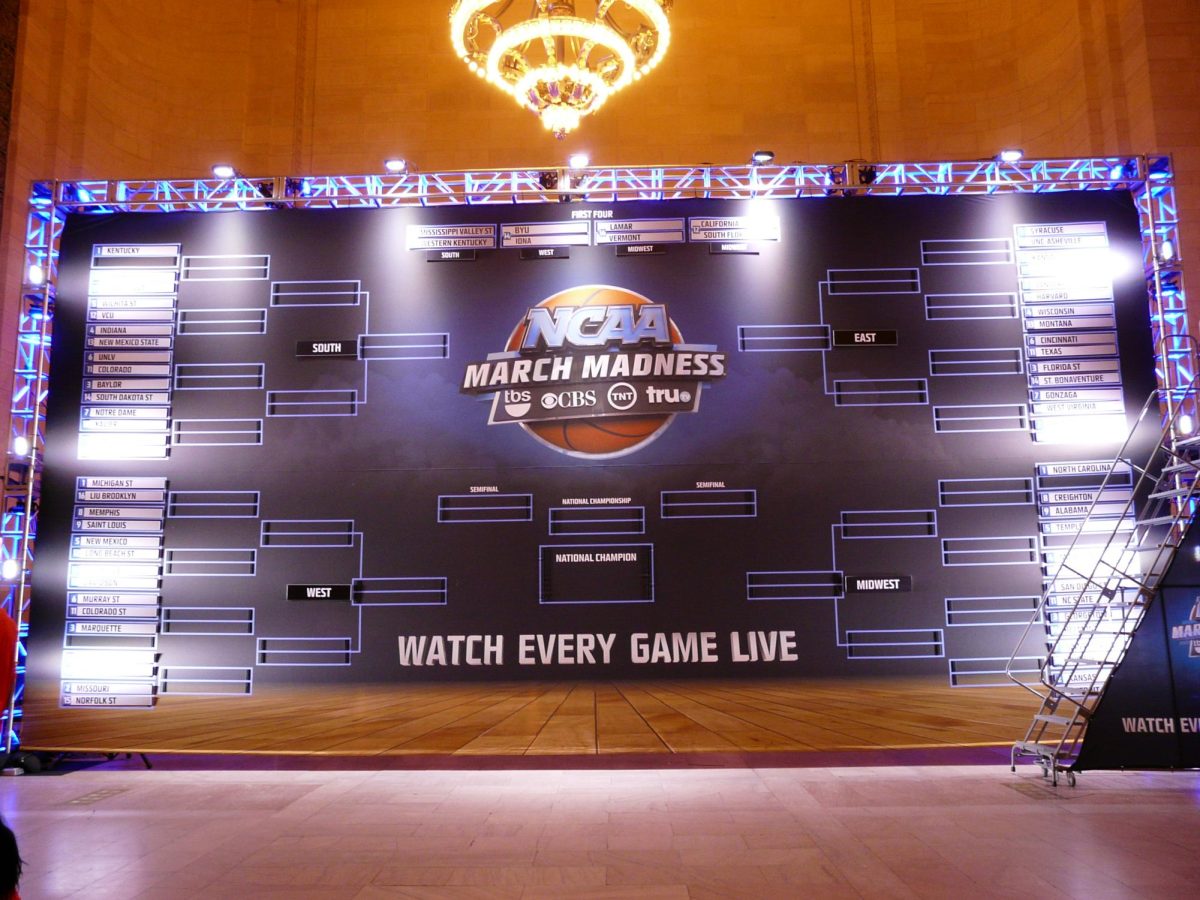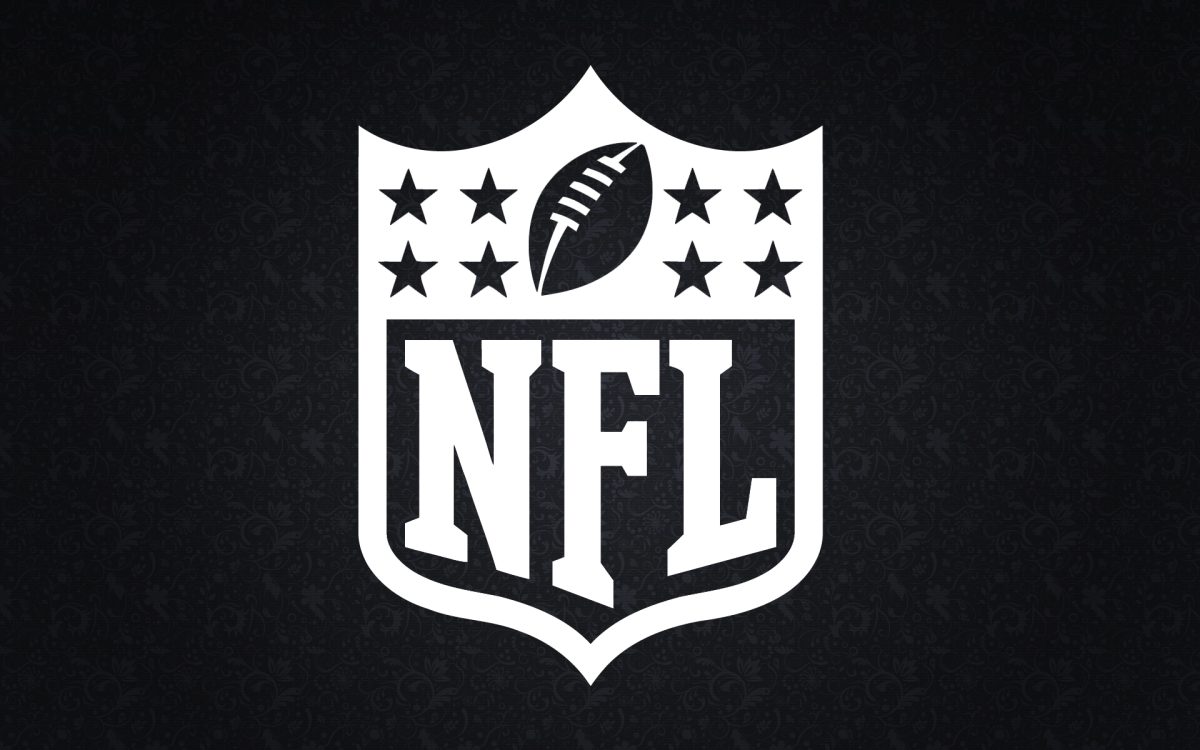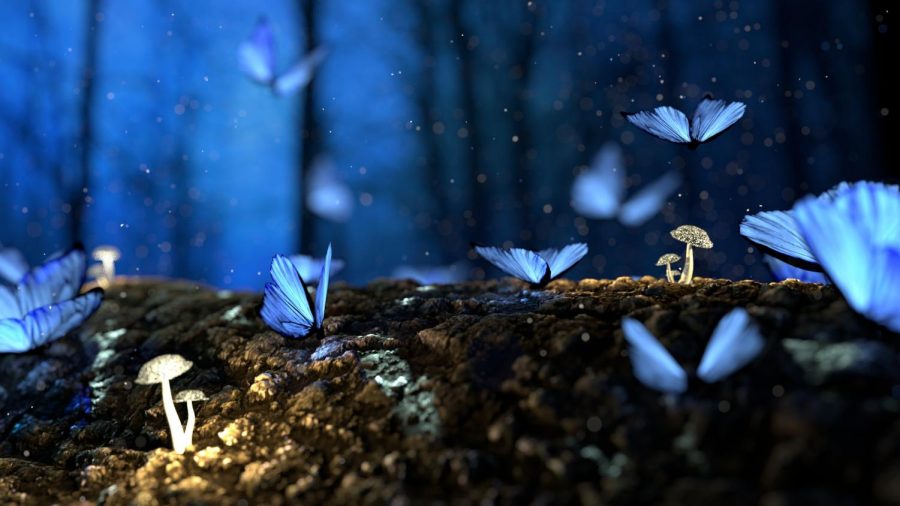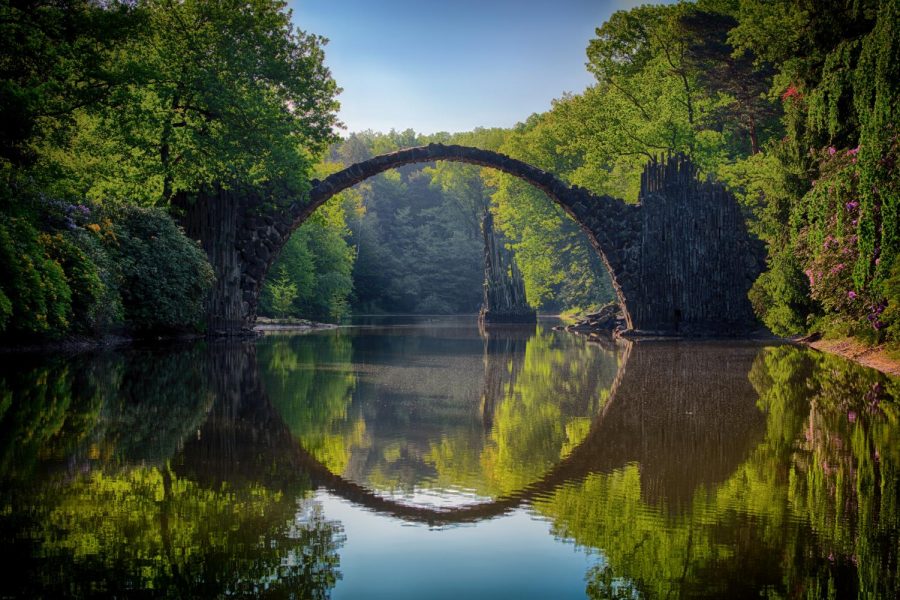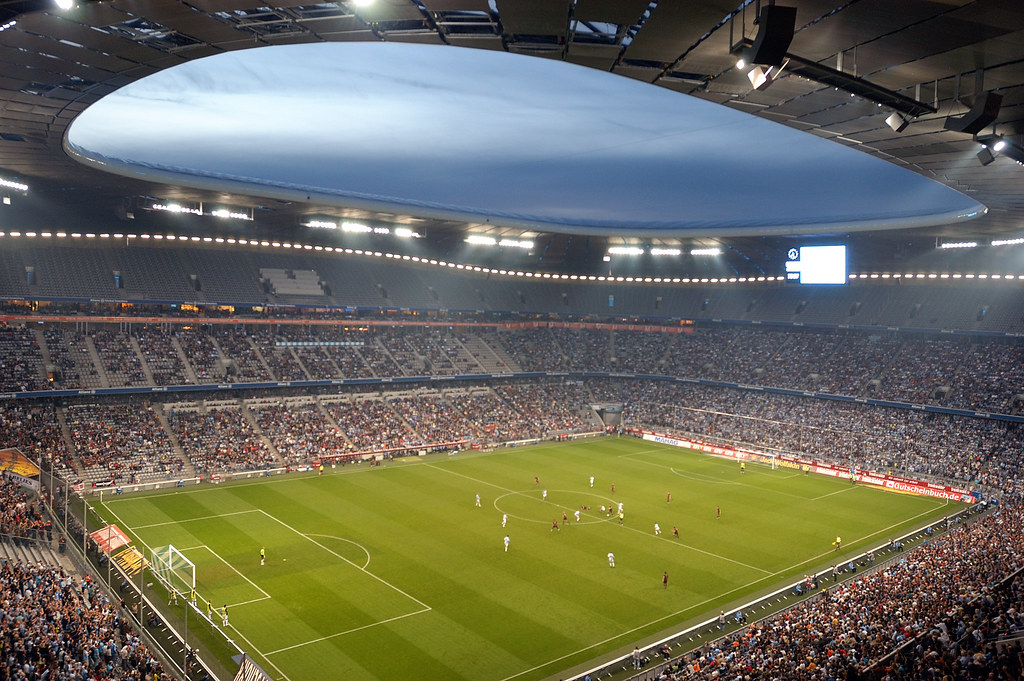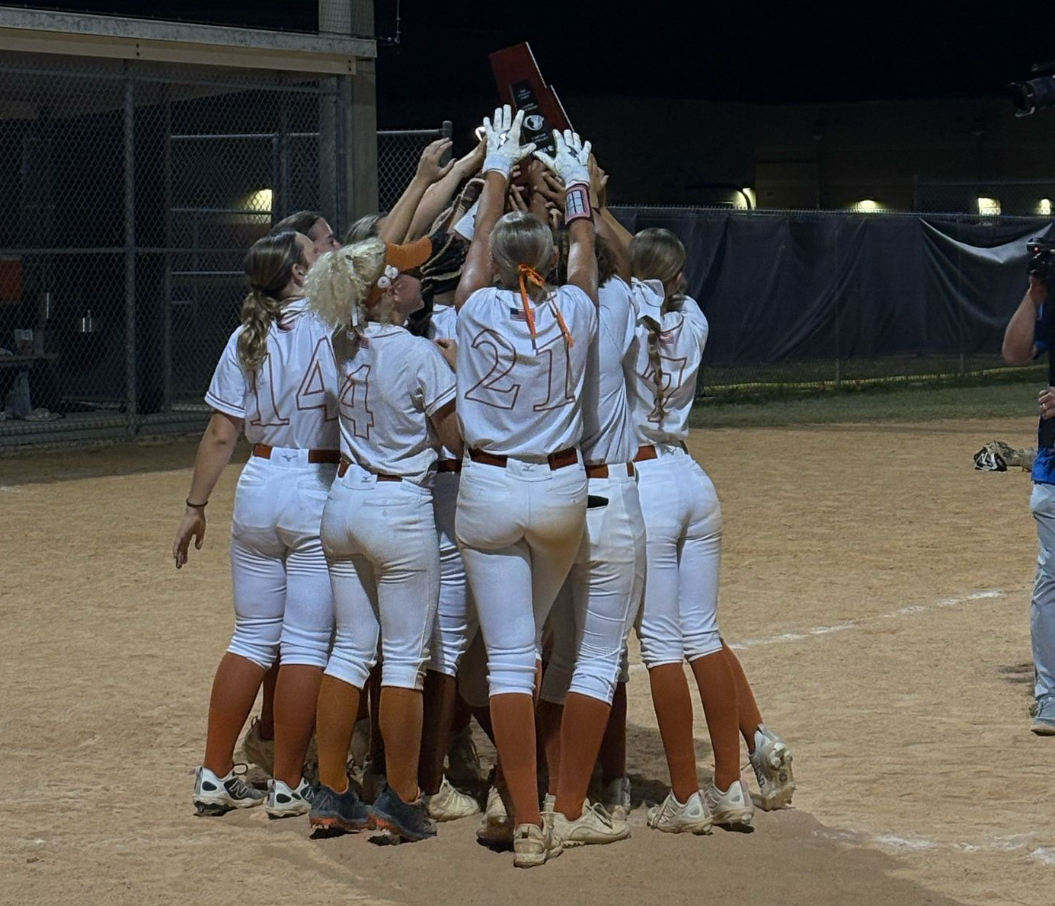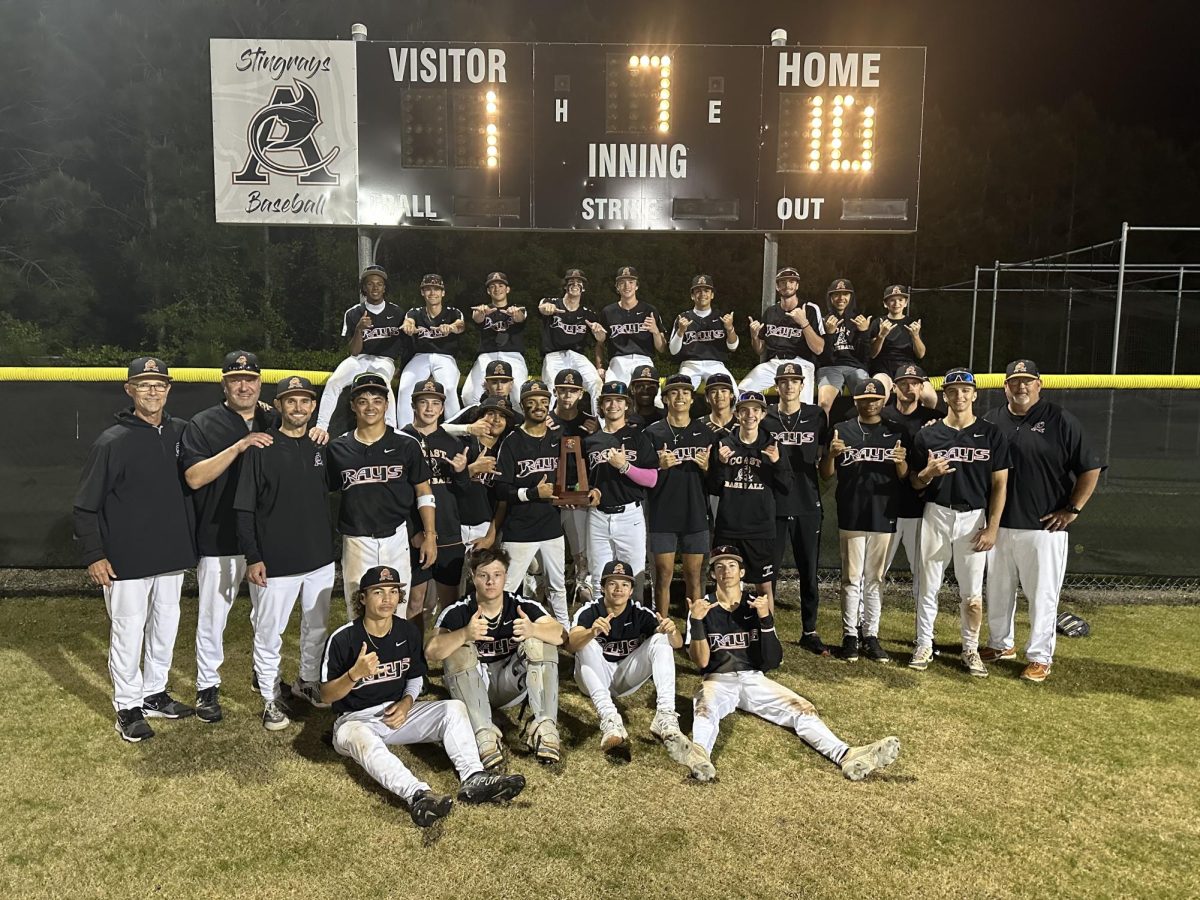Welcome to Clintonville, Wis., where former national title winning head coach, four-time Atlantic Coast Conference Coach of the Year, one-time Associated Press National Coach of the Year, Tony Bennett was born.
No Instagram, no Twitter, no place to post highlight reels for likes to come flooding in, or for college coaches DM’ing you. No phone to check your hottest notifications or a comment from Bleacher Report reposting your play.
“If you’re going to do it, you’ve got to be all in,” Bennett said in his exit news conference, shocking the college basketball faithful.
Despite his endless accolades, college basketball turned against him as the game he loved transformed into a “cha-ching” sounding, image-possessed behemoth that didn’t resemble the game that Bennett fell in love with. He helped generations of kids turn into great athletes, but even more, into great men and teammates.
“The game and college athletics is not in a healthy spot,” Bennett went on. “There needs to be change. I think I was equipped to do the job here the old way.”
It starts to make sense why coach Bennett would abruptly retire 19 days before the University of Virginia Cavaliers’ first regular season game, coming off a 23-11 season and a National Collegiate Athletic Association (NCAA) tournament appearance.
A vicious scoundrel has been a boogeyman underneath the bed of integrity and sincerity among college athletes, coaches, and programs.
It haunts team bonding that comes with college athletics and threatens the life-long relationships developed between a student and a university.
This monster is known as “NIL” — standing for name, image, and likeness — which enables college athletes to receive financial compensation for joining a team. Critics are concerned about NIL causing a marketing arms race between elite programs in conferences such as the Southeastern Conference (SEC) or Big 10 Conference, while leaving smaller programs in the dust, just like the time the University of Maryland — Baltimore County (UMBC) upset Bennett’s team in the first round of the NCAA tournament in 2018.
Ironically, this loss for the Virginia Cavaliers – slated by many to win the whole tournament — was my rite of passage into falling in love with college hoops. I remember screaming at the television, jumping up and down, and feeling anything was possible if the UMBC Golden Retrievers could defeat the mighty Cavaliers.
College sports have become a feeding frenzy of greed as athletes see dollar signs rather than an opportunity to learn teamwork. This was made clear in an analysis when ESPN writer in the Investigative & Enterprise Unit, Sara Coello, three years ago, reported how a combination of NCAA rule changes and state laws restored NIL rights to college athletes.
“From free sneakers and workout gear to high-end clothing items and dorm essentials, perks for college athletes signing NIL deals have skyrocketed since student-athletes won the right to cash in,” Coello wrote.
Coello spent recent years reporting around the country and here are her findings:
- In icy Boulder, Colo., where Colorado University quarterback Sheduer Sanders accumulated $4.7 million through NIL the most of any college athlete in the world. It also helps that he’s NFL superstar Dieon Sanders’ son …
- In stormy Painesville, Ohio, where Lake Eerie College football player Dienurst Collins scored a deal with Popeyes due to a viral internet meme that went around of him when he was 9 years old in a restaurant, staring down someone recording him.
- In humid Ruston, La., where Louisiana Tech University wide receiver Decoldest Crawford capitalized on his unique first name to earn an NIL deal with Omaha-based SOS Heating & Cooling.
- In calm Lincoln, Nebr., where gymnast Sam Phillips, the first male athlete at Nebraska university, came out as gay, and then partnered with businesses that celebrate Black and LGBTQIA+ customers.
NIL comes in all shapes and sizes. Whether a cool name, an internet meme, or just having a large social media following, many factors play into how and why college athletes are gaining NIL deals. With this newfound goldmine for sponsors, some are even trying to swoop in to manipulate high schoolers.
Locally at Atlantic Coast, former Stingray Gaby Rourke, who signed to play soccer at the University of Kentucky as its goalkeeper, said she was targeted for her talent in high school to sell out her NIL. “I was approached by a lot of companies in high school,” Rourke told me this fall. “During this time though, NIL was illegal … a lot of brands wanted to hop on before bigger brands may have gotten me.”
Let’s take a U-turn back to Charlottesville.
Coach Bennett is the first of his kind, in terms of historic college basketball coaches, to speak out on the NIL issue in college athletics.
Now, more than ever, players are transferring schools due to another school offering more money for a sneaker deal. Not because of the facilities or coaches.
Bennett’s lashing-out on this matter speaks volumes to his character and where the state of the sport is. Bennett is the epitome of good character that portrays good morals in college athletics, and the fact he stepped down from the game he loves after succeeding for decades should send a message to the entire sports world that college sports has a disease.
College is supposed to act as a cornerstone for an athlete’s development as a player, person, and teammate. The entire point of college athletes not being paid was to prepare these young adults for the pros, where they get a real agent, a real contract, and begin playing for the name on the back of their jerseys. At college, they’re playing for the university and the guys around them.
A place where young athletes are still figuring out who they are as people.
One of the last sacred spaces where real human bonding occurs.
It’s where a benchwarmer can hit the game-winning shot in the national championship game, cementing his legacy at the school for his entire life. Where a minority can express her true passion on the world scale. Where they have to learn to trust others. Where relationships last forever.
Contracts and politics turn this magical joyride into a mundane trip to Walgreen’s down the street.
In the future, sports fans could get the same teams winning every year and their favorite team may never get an equal shot at winning just because they do not have the money to compete with bigger organizations.
In 2025, this was seen in the NCAA Tournament for men’s basketball.
According to NCAA analyst David Worlock, it was only the sixth time that the 1, 2, 3 and 4 seeds all went undefeated in the first round since the bracket expanded from 32 to 64 teams in 1985. In other words, the top teams in the country – those who had the money to recruit the best players from around the land – were unstoppable against smaller teams who once held on to fierce talent before NIL was allowed.
Welcome to West Lafayette, Ind., where the Purdue University men’s basketball team resides. Purdue was one of 16 teams left in the regional semifinals of the 2025 NCAA Tournament that had all five starters who began their college career at Purdue (see the featured image at the top of this column, and note the collage of colleges on the other teams, which is exhibit one proving NIL has invaded the landscape).
Will Purdue be the last pure squad to make the Sweet Sixteen in the history of the tournament?
The glory of the NCAA Tournament is the year-in, year-out underdog stories.
March Madness used to feel as exciting as waking up Christmas morning (The Slipper Fits), unleashing a comforting and wholesome sentiment for my family when the time came around each spring.
If the game keeps resembling a Wild West money-grubbing, greed-driven duel in arenas around the country, I may have to join Tony Bennett as another lonesome hero.
